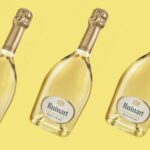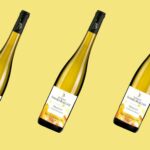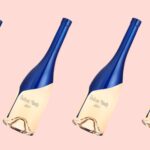Keeping 2025 vintage champagne in a well-designed cellar allows you to combine passion, pleasure and wealth strategy. These exceptional bottles will appeal to discerning connoisseurs looking for a good investment.
If you're interested in wine-related articles, download our app for IOS or Android. It will give you access to our wine lexicon, our articles and our innovative solution, designed for all wine consumers and collectors.
Understanding vintage champagne
A vintage champagne comes from a single year's harvest, renowned for its quality. Unlike Bruts sans année, these wines do not aim for uniformity. On the contrary, they reflect the identity of a specific vintage. Each cuvée becomes a photograph of the climate, the soil and the house's know-how.
These champagnes age longer before being released on the market. On average, they spend at least 36 months on the lees, and sometimes much longer. This slow maturation confers a rare aromatic complexity and depth. They are only released in the best years, making them precious and sought-after.
Why collect vintage champagnes?
For an enthusiast, the prestige champagne collection goes beyond the gustatory aspect. It becomes a form of emotional, cultural and sometimes financial investment. Certain vintages increase in value over the years, especially if their production remains limited. Enthusiasts often seek out rare cuvées or special numbered editions.
What's more, champagne ages well if stored in the right conditions. The wine then develops evolved notes of honey, dried fruit and brioche. This appeals to discerning palates looking for something other than immediate freshness.
Recent vintages to watch: focus on 2025
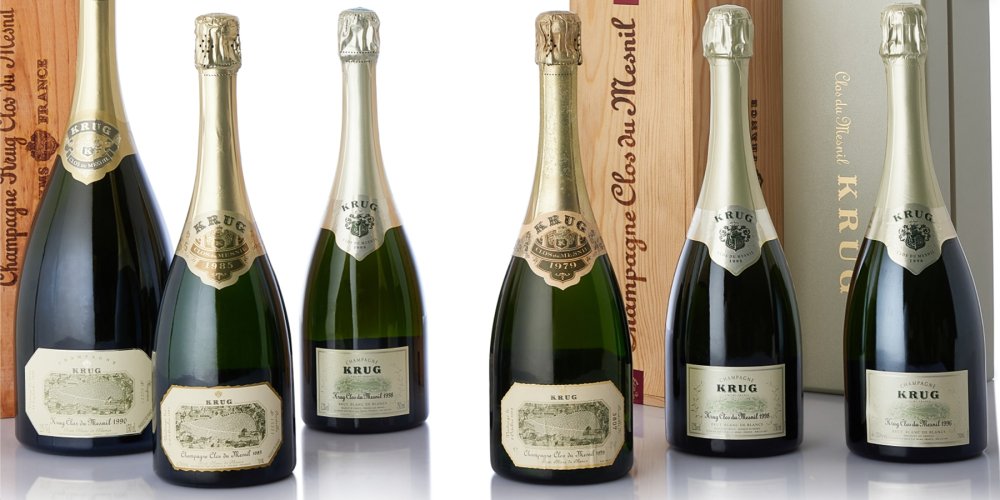
Among the promising vintages, the 2025 vintage is already attracting attention. The harvest promises to be well-balanced, with good acidity and optimal ripeness. Renowned houses will be keeping a close eye on its ageing potential. For collectors, anticipating good vintages means buying at the right time and at the right price.
It will be several years before they are officially released. However, wine lovers can already prepare their cellars by studying weather forecasts and initial feedback from winemakers. This helps to secure future acquisitions.
Houses to choose for daycare
Some houses produce champagnes designed for aging. These include Dom Pérignon, Salon, Krug and Bollinger. These iconic cuvées are based on rigorous selection and meticulous vinification. They are true benchmarks in the prestige champagne collection.
Other names worthy of connoisseurs' attention include Charles Heidsieck, Pol Roger, Deutz and Jacquesson. Their vintages offer excellent value for money and good evolutionary potential. The "Œnothèque", "R.D." and "Vieilles Vignes Françaises" cuvées are often found in the cellars of discerning collectors.
Which formats are best for storage?
Large-format bottles are ideal for long-keeping champagne. Magnum, Jeroboam or Methuselah bottles enable slower, more even ageing. The more favorable air/liquid ratio means less rapid oxidation.
These rare formats also attract buyers at auction. They impress with their presentation and rarity. Experienced collectors don't hesitate to stock them for special events or as resale value.
Selection criteria for a good vintage champagne
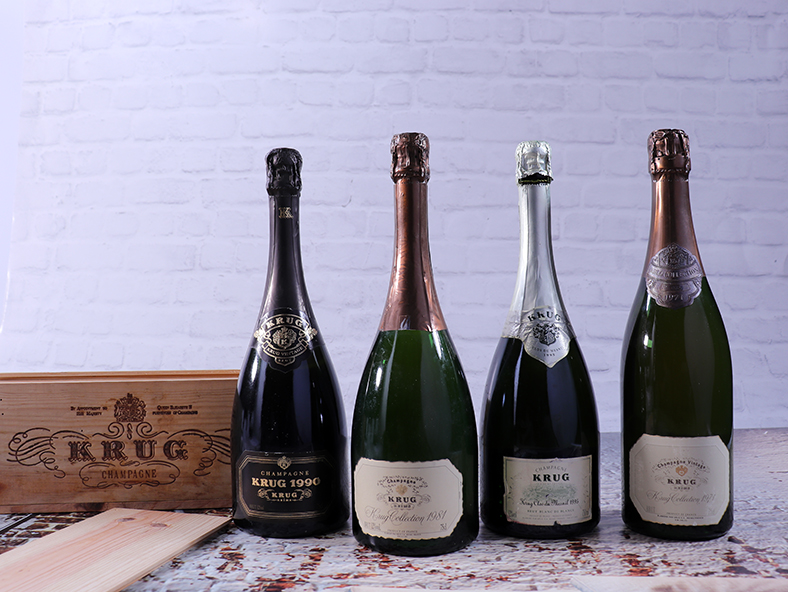
To enrich your cellar, you need to pay attention to a number of factors. First, the reputation of the vintage: certain years, such as 2002, 2008 or 2012, have become cult wines. Secondly, the consistency of the producer. Cuvées made from old vines or a single cru also have better ageing potential.
Another crucial point: the original storage conditions. Give preference to bottles stored at the producer's premises or in a professional cellar. Storage history has a direct influence on champagne ageing.
Where to find the best vintage cuvees?
Specialist wine merchants are still a good source for rare champagnes. They often offer expert advice on upcoming vintages. Auctions also attract many collectors. Sotheby's, iDealwine and Artcurial showcase prestigious, perfectly preserved lots.
Finally, some houses offer pre-orders. This is an opportunity to buy at a lower price before the official market launch. This system works well with 2025 vintage champagnes, which are still maturing.
How do you keep these bottles in good condition?
Champagne requires a stable environment. The ideal temperature is around 12°C, with no sudden variations. Humidity must remain sufficient to preserve the corks. Direct light should be avoided, as it accelerates oxidation. An underground cellar or ageing cabinet is the best option.
Bottles should be left lying down to keep the cork moist. Clearly identifying each bottle with its date of purchase facilitates management. Some collectors even use a management application to keep track of their cellar.
Vintage champagne and resale value
A well-preserved champagne increases in value over time, especially if it remains rare. Demand remains strong for certain vintages or cuvées. Buyers are looking for intact bottles with clear traceability. High scores in specialized guides also enhance resale appeal.
It's important to keep labels intact and to avoid any alteration in visual appearance. A scratched, stained or badly preserved bottle loses part of its value. Transparency about storage conditions remains essential at the time of sale.
Should you invest in vintage champagnes?
Passionate connoisseurs can consider a reasoned purchase, combining pleasure and strategy. The Champagne Prestige collection combines emotion, sharing and transmission. Prices rise for sought-after vintages, but patience remains essential.
Investing in 2025 vintage champagne or other cuvées requires rigorous monitoring. Storage, selection and management must follow a consistent logic. A good investment takes several years, even decades, to prepare. But it's often worth the effort.
If you enjoyed this article, please read the following one "From Porto to the Douro Valley: a wine cruise along the river"which may also be of interest to you!



